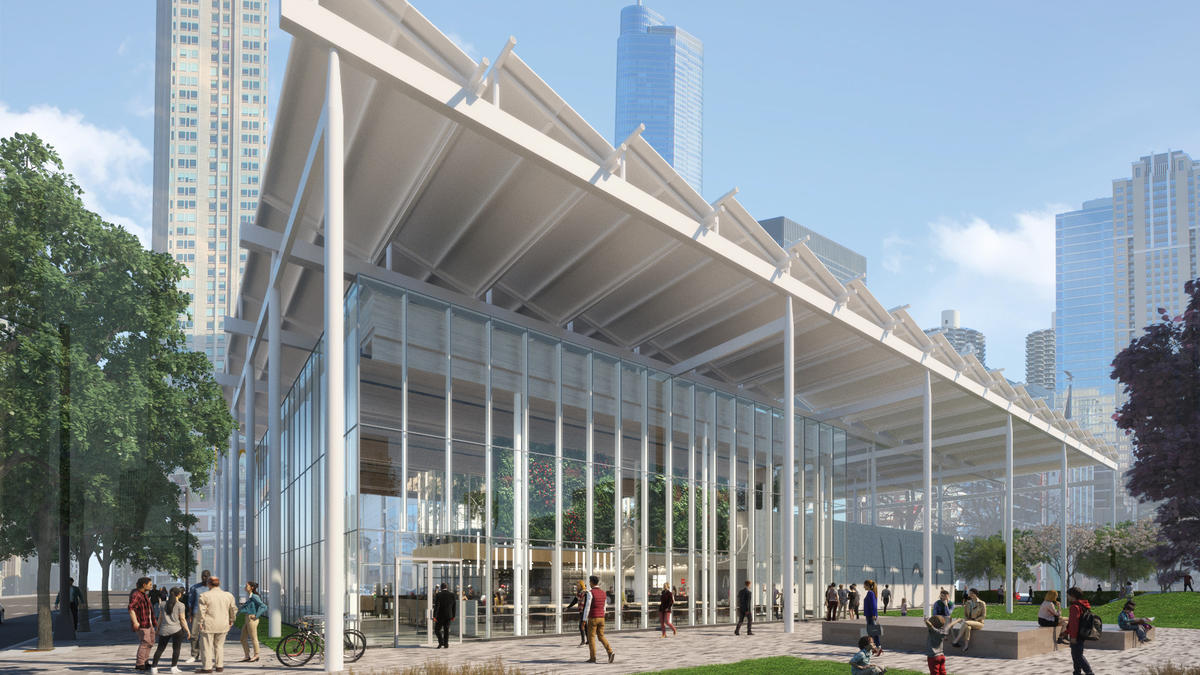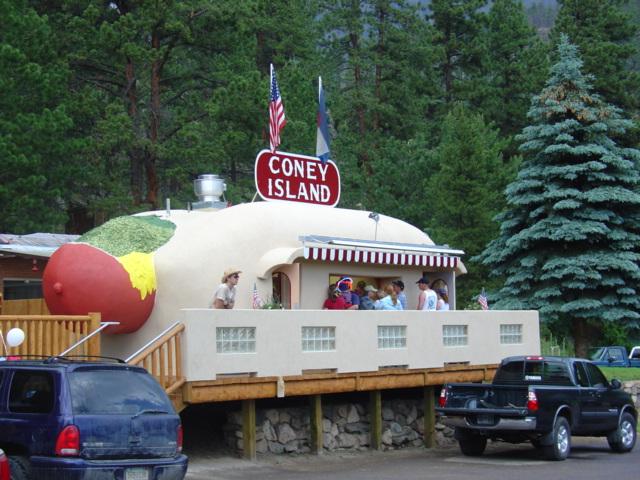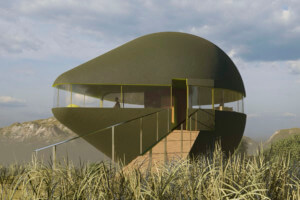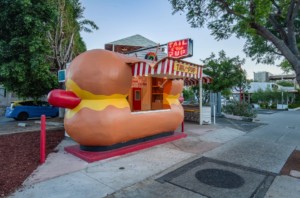According to CNBC, major fast-food chains Chipotle, McDonald’s, Shake Shack, Wendy’s, and Starbucks are doubling down on drive-through construction to boost sales during what promises to be a long period of social distancing.
CNBC reported that Shake Shake, the East Coast In-N-Out, is unveiling a 2020 version of the drive-through that prioritizes online order pickup. Managers of some locations intend to build walk-up windows (presumably like Black Plague–era wine windows in Italy) and lanes devoted solely to online order pickups.
CNBC noted that, due to the prevalence of drive-throughs across its franchises, McDonald’s and Wendy’s have had gentler sales declines since March, and their revenue rebounded quickly once the initial shock of the lockdowns subsided.
Burrito chain Chipotle has been on the online drive-through pickup trend since 2018, and its “Chipotlanes” will be built into 60 percent of new restaurants built this year. By 2021, CNBC reported, that figure will increase to 70 percent.
No restaurants have released renderings or schematic drawings of their drive-through additions or renovations.
These latest iterations of the drive-through have a lot of history to build on. Harry Snyder, the proprietor of the first In-N-Out, was in 1948 one of the first restauranteurs to incorporate drive-throughs, although according to Car Talk the typology goes back to the early 1920s.

While fast-food architecture is easy to dismiss as flashy, tacky, and tasteless, architects have tried their hand at designing restaurants that stand out for better reasons. In Chicago, Ross Barney Architects designed the replacement for the Rock ’N’ Roll McDonald’s, a Chicago franchise known for its midcentury memorabilia and celebrated in the Wesley Willis song. (In the comments section of the Willis song on YouTube, user MidLife Crisis shared that the song “[talked] me out of suicide,” while user Grandma Gucci noted that “I played this at McDonalds [sic] and I got kicked out.”)
Ross Barney Architects trashed fast-food throwaway culture to focus on sustainability. The firm enclosed the 19,000-square-foot Rock ’N’ Roll McDonald’s in an industrial steel-and-solar-panel canvas and used cross-laminated timber on the building’s roof, with beams visible from inside the restaurant. In the middle of the space, a sunken green roof lets diners see apple trees, arugula, broccoli, kale, and native grasses being grown on the building’s exterior. (I would pay good money to eat a McDonald’s apple pie with the franchise’s homegrown fruit.)
Then there are the decorated sheds. In Manhattan, the very first Shake Shack draws on the rich American tradition of commercial ornamentation. Designed by James Wines, the Madison Park eatery is encircled by a metal awning that lists Shake Shack’s main offerings. According to Wines’s website, the structure is a “menu-as-building” and a reference to 1950s hamburger stands, which were often festooned with images of the product. It’s a playful thumb in the nose of the location, a gracious 19th-century park across from the historic Flatiron Building.

Fast food ducks are in a whole other category. Last summer The Architect’s Newspaper, rounded up America’s most head-turning hot dog stands, a handful of which—including the Coney Island Hot Dog Stand, pictured above—sling dogs from big weenies. Have a look at these tasty storefronts here.











